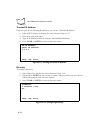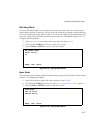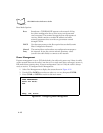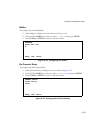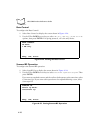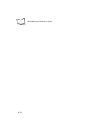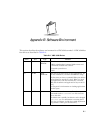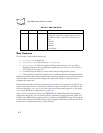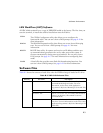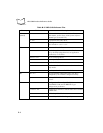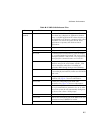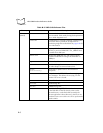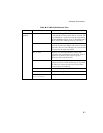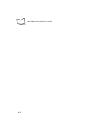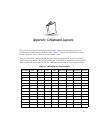
B-2
VRC 6940 Product Reference Guide
Boot Sequence
The first time a new terminal powers up:
1. A:\config.sys loads drivers.
2. A:\autoexec.bat calls and runs
B:\autoexec.bat
.
3. B:\autoexec.bat loads the application files contained in the LWP.HEX file by
decompressing them into an application subdirectory on E:\ (see LAN WorkPlace
(LWP) Software on page B-3).
4. A second batch file displays a menu with terminal configuration options.
5. A third batch file loads the protocol stack to enable application-to-host connections.
If the terminal boots and the Spectrum24 radio card has no parameters, the terminal runs the
CFG24 software so that you can configure the radio card. Chapter 3 describes how to
configure the radio card.
If the Spectrum24 radio card has parameters, the terminal tries to connect to an AP. If it can
connect, the terminal starts a session and continues to boot normally. If it can’t find an AP,
the screen displays a NOT ASSOCIATED message, and a DOS prompt appears. At this point
you can run the DIAG24 ping utility (see page 6-5).
After you have started the terminal, and LWP.HEX has installed the utility files into their
appropriate directories, you can install end-user applications onto the terminal. When you
transfer a new HEX image onto the terminal, it overwrites the LWP.HEX image. The Program
Loader then installs the new HEX image by converting the ASCII data stream into files to be
stored in non-volatile flash memory on the B:\ drive.
E: 1MB Flash This drive is normally read-only, although it can be
controlled by application programming on drive B.
The LWP hex image copies these utilities into this
space:
• BOOTP
• CFG24
• DIAG24
• FLASH.BAT
Table B-1. VRC 6940 Drives
Drive Size Type Contents



